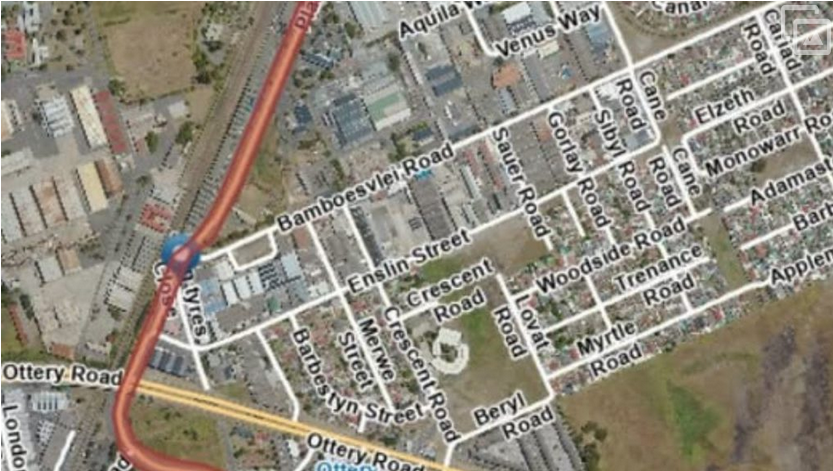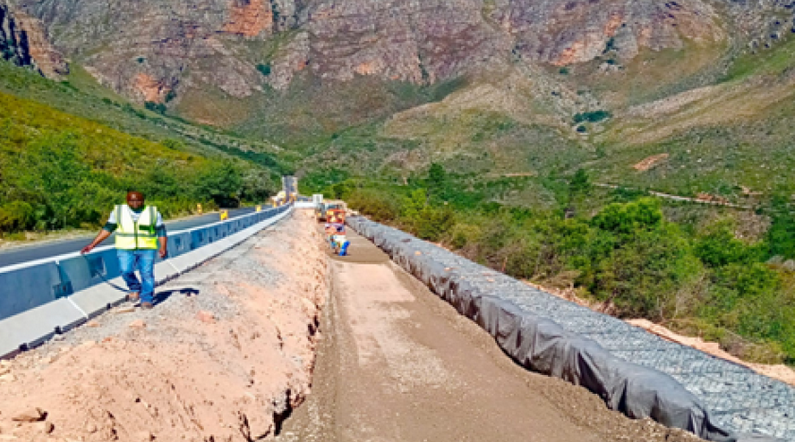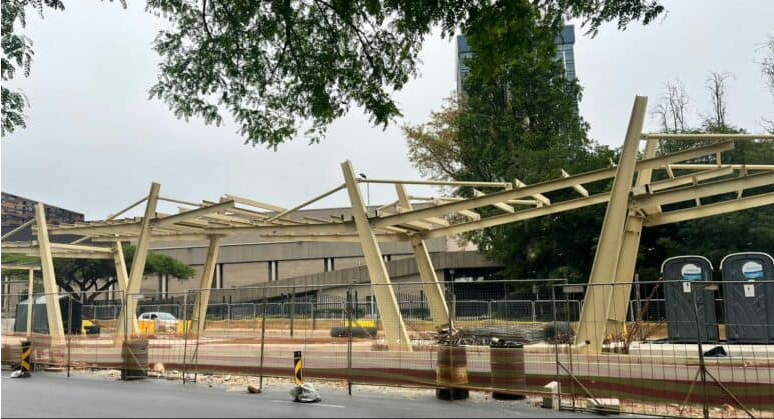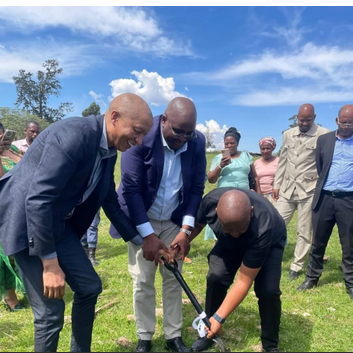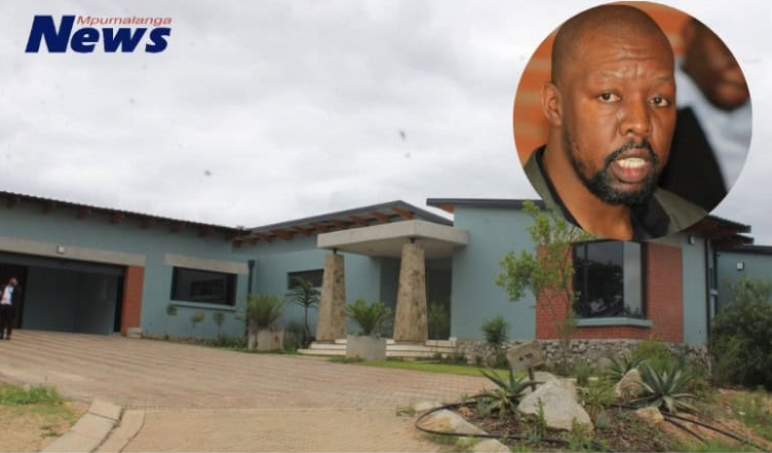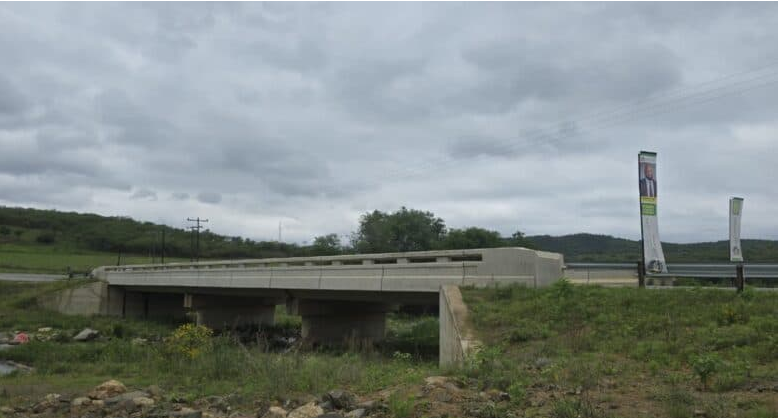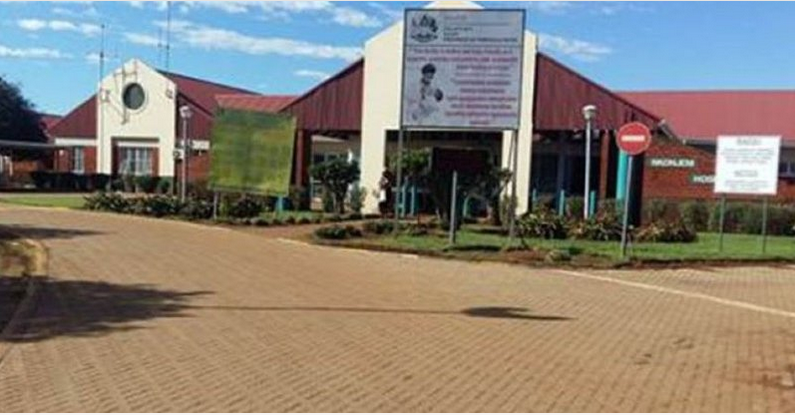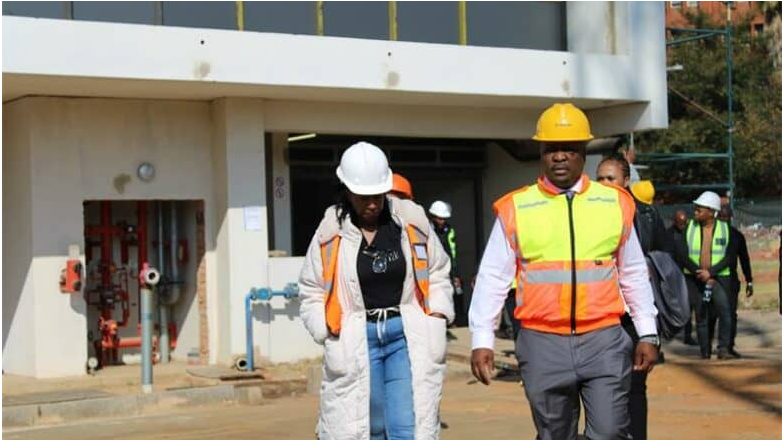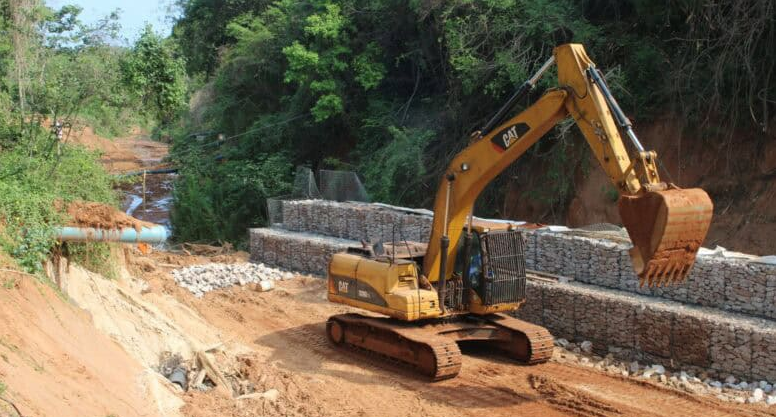SA to Build 5 200 MW of New Nuclear Power as Part of R2.2 Trillion Energy Master Plan
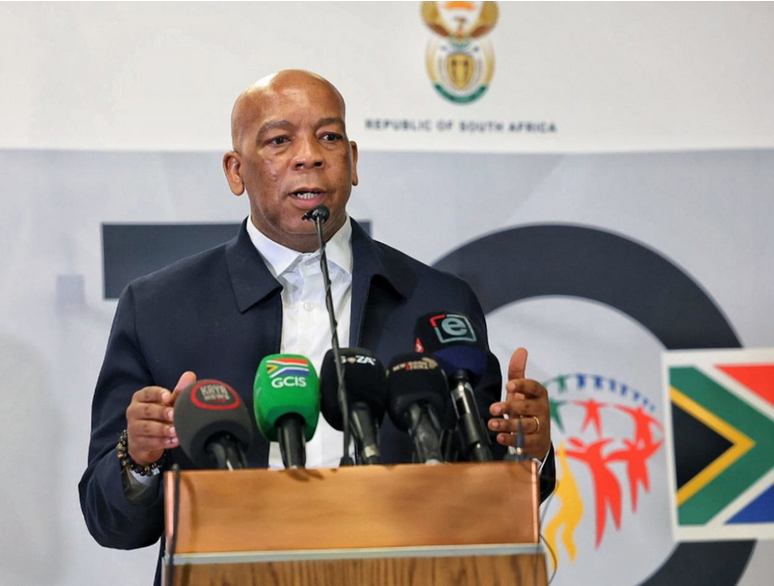
Advertising
21-10-2025
Read : 10 times
Central News
Source
South Africa is gearing up for a massive push in nuclear energy as part of its new Integrated Resource Plan for 2025. Minister of Electricity and Energy Dr Kgosientsho Ramokgopa has made it clear that the focus goes beyond just making electricity from nuclear power.
He wants to build a full plan that boosts the local economy by making parts of the nuclear process happen right here in the country. “It’s not just about converting nuclear energy into electricity. It’s about what benefits the South African economy and what components within the nuclear fuel cycle we can domesticate or localise,” Ramokgopa said at a media briefing on Sunday, 19 October 2025. 
The IRP 2025, approved by Cabinet last week, lays out a R2.2 trillion strategy to fix the nation’s power problems and grow the economy. It plans to add 105,000 megawatts of new power by 2039, which is like building Eskom two and a half times over. Nuclear will play a big role, with 5,200 megawatts of new capacity on the cards. This comes as the country moves away from coal and towards cleaner options like wind, solar, and gas.
Nuclear’s Big Comeback: More Than Just Power Plants
Ramokgopa stressed that nuclear is key to the plan. “Nuclear is a big part of our conversation. We’re building 5 200 megawatts of new nuclear capacity in this country,” he said. He promised the government will be open and careful about buying this tech. “The State will not prevaricate. The State will ensure that we are very deliberate, we are transparent in the way we are going to procure this clean energy technology solution.”
The plan looks at the whole nuclear chain, from mining uranium to making fuel. Ramokgopa is working with experts to find ways to make jobs and build skills locally. He noted that many South African scientists left because there were no new nuclear projects. “You know that we have haemorrhaged the skills the [of the] scientists [who] have left as a result of us not building any new nuclear programme. They have left and are all over the world,” he explained. 
To fix this, the government will team up with universities and colleges to train people in engineering and nuclear fields. They also plan to use small modular reactors, which are easier to build and could come online faster. Around the world, over 100 of these reactor designs are being tested, and 40 big banks are ready to fund them.  “We want to develop a nuclear industrialisation plan that creates jobs, builds industries, and supports our broader economic transformation,” Ramokgopa added.
But some experts say the plan pushes nuclear even when cheaper options like solar and wind make more sense. One report found that the IRP ignores its own low-cost models by adding nuclear and gas. Still, the government sees nuclear as a clean, reliable way to keep lights on and cut emissions.
The Bigger Picture: R2.2 Trillion to Build a Greener Grid
The IRP 2025 is not just about nuclear – it maps out all energy sources to meet demand while cutting pollution. By 2030, it plans 11,270 megawatts of solar PV, 7,340 megawatts of wind, 6,000 megawatts of gas-to-power, and the 5,200 megawatts of nuclear. Total new power will hit 105 gigawatts by 2039, reaching about 95 gigawatts by 2030.
For the first time, clean sources like hydro, nuclear, wind, and solar will make more power than coal by 2039. Right now, coal is 58% of the mix, with solar and wind at smaller shares. The plan will cut CO2 emissions to 160 million tonnes by 2030 and 142 million by 2035.
Ramokgopa said this will help the economy grow by 3% by 2030, creating jobs and drawing investors. “There is no economy that grows if the lights are off,” he noted. With no load shedding for over 200 days, energy is now a boost, not a block.
Tackling Hurdles: Skills Shortage and Weak Construction Sector
The plan faces big challenges. Ramokgopa pointed out a lack of skilled workers and a broken construction industry. “Our industry has been decimated. Historically, we’ve had the big five construction companies. I think now we’re only left with one,” he said.
To fix this, the government will meet with builders to build capacity and work with schools to train engineers. They want steady projects so companies can plan ahead. “Of course, the assurance they want from us is that we’re not going to start and stop,” Ramokgopa added.
Eskom’s improvements help too – its energy availability is up to 70% from 48% during bad outages.
Recent News
Here are recent news articles from the Building and Construction Industry.
Have you signed up for your free copy yet?
